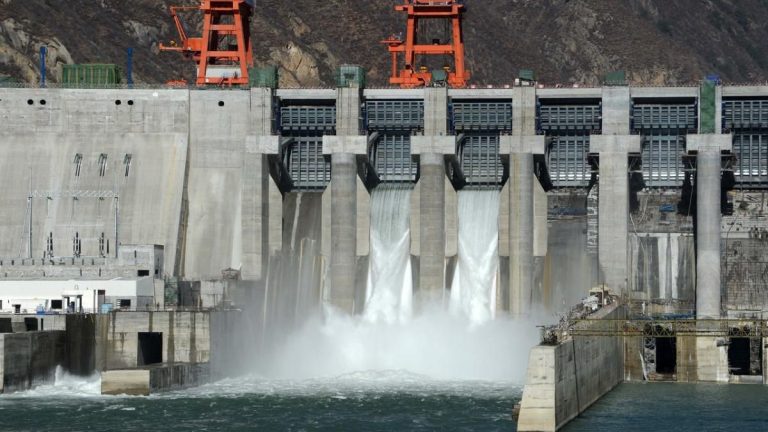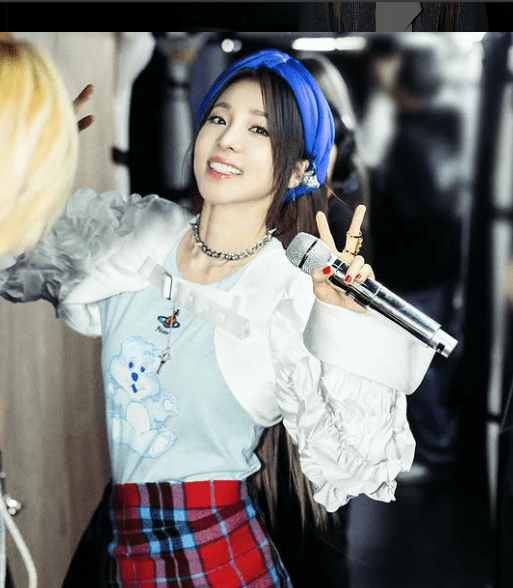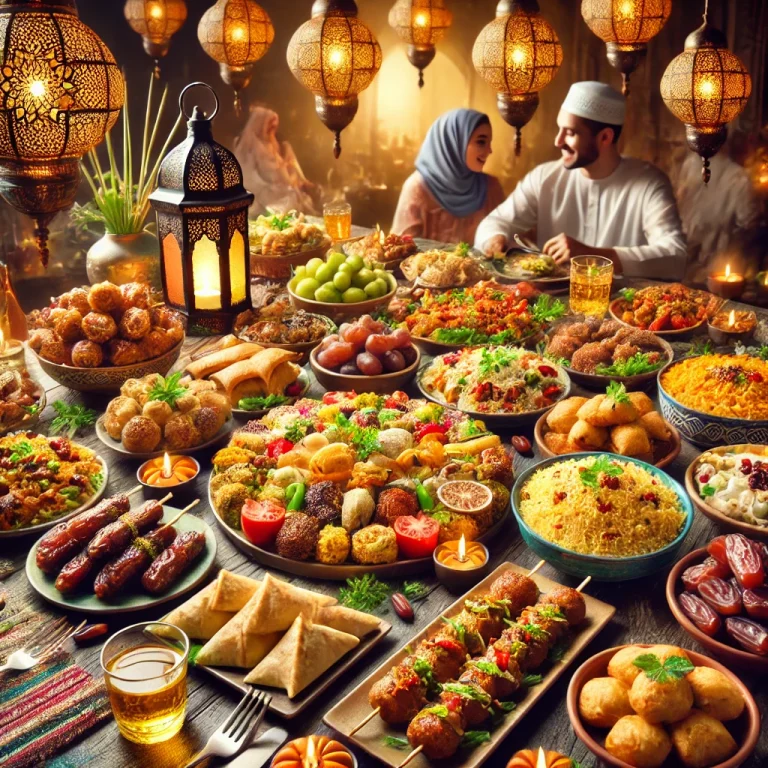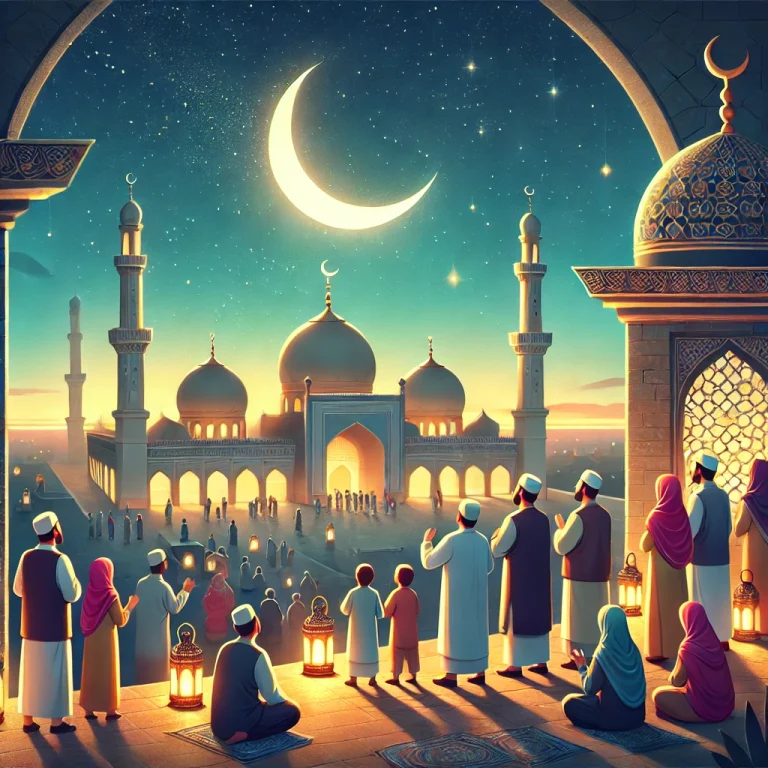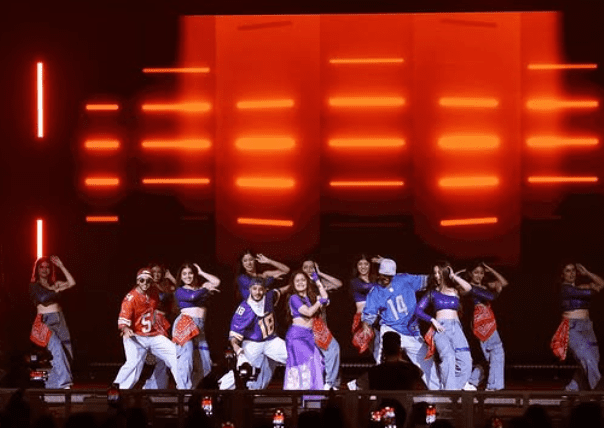The Medog Dam Hydropower Project is a monumental initiative by China, set to become the world’s largest hydroelectric dam. Overview of the project:
Project Overview
-
Location: The Medog Hydropower Dam will be built on the Yarlung Tsangpo River in Medog County, Tibet Autonomous Region, near the Arunachal Pradesh border in India. This area features the Yarlung Tsangpo Grand Canyon, the deepest and longest canyon globally.
-
Capacity: The dam is designed to generate 60 GW (60,000 MW) of electricity annually, producing 300 billion kilowatt-hours (kWh)—three times the output of China’s Three Gorges Dam.
-
Development Timeline:
-
The project is currently in its announced stage.
-
Construction is expected to begin in 2029 and commercial operations are planned for 2033.
-
-
Ownership: The project is spearheaded by the Power Construction Corporation of China (POWERCHINA), which holds 100% ownership.
-
Cost: Estimated at over $137 billion, making it one of the most expensive infrastructure projects globally.
LINKS:
Engineering Features
-
Design: Unlike conventional dams, Medog will use a system of four 12.4-mile-long tunnels excavated through Namcha Barwa Mountain to divert water and generate power. This innovative design reduces displacement compared to traditional dam structures.
-
Geological Advantage: The dam leverages a 2,000-meter natural drop in the river’s elevation within a short stretch at the Great Bend, providing unparalleled hydropower potential.
Strategic Importance
-
Renewable Energy Goals: The project aligns with China’s pledge to achieve carbon neutrality by 2060. It will significantly reduce reliance on coal-based power and boost renewable energy production.
-
Economic Growth: The dam is expected to create jobs, stimulate technological innovation, and improve infrastructure in Tibet.
Environmental and Geopolitical Concerns
Environmental Impact:
-
The construction risks disrupting ecosystems in the biodiverse Tibetan Plateau. Critics have raised concerns about potential harm to local communities and wildlife.
Geopolitical Tensions:
-
India and Bangladesh Concerns: Both countries fear that changes to river flow could lead to droughts or floods downstream. India has expressed concerns about water security, particularly for its northeastern states.
-
Seismic Risks: Medog lies in a tectonically active region at the convergence of the Indian and Eurasian plates. Earthquakes could pose catastrophic
The construction of the Medog dam on the Brahmaputra River, which is set to be the world’s largest hydropower project, raises significant environmental concerns that could impact both local ecosystems and downstream water availability. Here are the potential environmental impacts:
1. Disruption of Natural Water Flow:
The dam will alter the natural flow of the Brahmaputra, which is crucial for agriculture and ecosystems in India and Bangladesh. A reduction in river flow could lead to decreased water availability for irrigation, affecting food security in these countries.
2. Impact on Biodiversity:
The Brahmaputra supports a rich biodiversity, including 218 fish species crucial for local fisheries. The dam could disrupt fish migration patterns and sediment transport, leading to declines in fish populations and negatively impacting the livelihoods of millions who depend on fishing.
3. Increased Seismic Risks:
Located in a seismically active region, the dam poses risks of structural failure that could have catastrophic consequences for communities downstream. The accumulation of water behind such a large dam may also influence tectonic stability, potentially triggering earthquakes.
4. Changes in Climate Patterns:
The construction and operation of the dam could disrupt local climate patterns, including monsoon cycles. This disruption might lead to unpredictable flooding during monsoons and severe droughts in dry months, exacerbating climate-related challenges for millions living in the region.
5. Ecological Damage:
Large-scale infrastructure projects like the Medog dam can lead to extensive deforestation and habitat loss, further threatening fragile ecosystems in Tibet and surrounding areas. This ecological damage can accelerate climate change effects by disrupting glacier melt patterns and increasing carbon emissions from disturbed landscapes.
6. Water Quality Concerns:
The alteration of natural water flow may affect both the quality and availability of water downstream. Increased sedimentation and changes in nutrient flow can degrade water quality, impacting drinking water supplies and agricultural practices.
7. Socioeconomic Impacts:
The dam’s construction could exacerbate existing tensions between China, India, and Bangladesh over water rights and resource management. The unilateral decision by China to proceed without consulting downstream nations violates principles of equitable water sharing, potentially leading to geopolitical conflicts.
In summary, while the Medog dam promises significant energy benefits for China, its environmental implications pose serious risks to regional stability, biodiversity, and the livelihoods of millions dependent on the Brahmaputra River.
READ MORE: Devastating Myanmar Earthquake 2025: Causes, Impacts, and Long-Term Effects
India has expressed significant concerns regarding China’s plans to construct a massive hydropower dam on the Yarlung Zangbo River in Tibet, which becomes the Brahmaputra River as it flows into India. Here are the key points regarding India’s stance and actions:
-
Official Communication: India’s Foreign Ministry has conveyed its apprehensions to China, highlighting the potential impact of the dam on downstream water supplies and ecological stability. They have urged China to ensure that the interests of downstream states, including India and Bangladesh, are not compromised by activities upstream.
-
Monitoring Developments: The Indian government is closely monitoring developments related to the dam project. They have indicated that they will implement necessary measures to protect their interests, especially for communities living downstream of the Brahmaputra.
-
Concerns Over Water Control: Indian officials fear that the dam could give China significant control over the river’s flow, potentially allowing them to release large volumes of water during conflicts, which could flood downstream areas56. This has led to discussions within India about constructing a counter-dam on a tributary of the Brahmaputra to mitigate these risks.
-
Call for Transparency: India has emphasized the need for transparency and data sharing regarding hydrological conditions. This call is particularly crucial given past instances where China halted data sharing during periods of heightened tension, which exacerbated flooding issues in northeastern India.
-
Diplomatic Engagement: India remains engaged with China on transboundary river issues through established diplomatic channels and mechanisms. They have reiterated their commitment to dialogue and cooperation to address these concerns effectively.
Bangladesh has formally requested detailed technical information from China regarding the Medog hydropower dam project on the Brahmaputra River, which is critical for its irrigation needs. The request, made by officials from Dhaka’s Ministry of Water Resources, seeks four key documents: an environmental impact assessment, feasibility study, climate impact assessment, and disaster impact assessment. As of now, China has not responded to this request.
The Medog dam, approved by China in December 2024, is expected to be the world’s largest hydropower project, generating 60 gigawatts of electricity. This project raises significant concerns for both India and Bangladesh, as they rely heavily on the Brahmaputra for water resources. Bangladesh depends on this river for 55% of its irrigation needs, and experts warn that even a minor reduction in its flow could drastically affect agricultural output in the region.
The dam’s construction poses risks not only to water availability but also to ecological stability. The location in a seismically active area heightens fears of structural failure that could have devastating consequences for millions living downstream in both India and Bangladesh. Additionally, concerns have been raised about potential changes in sediment flow which could impact fish populations and agricultural soil fertility.
In response to these developments, India has also expressed its concerns regarding the dam’s implications for its northeastern states and has urged China to consider the interests of downstream nations. The situation underscores the need for a trilateral water-sharing agreement among China, India, and Bangladesh to ensure equitable management of this vital water resource and mitigate potential conflicts.

